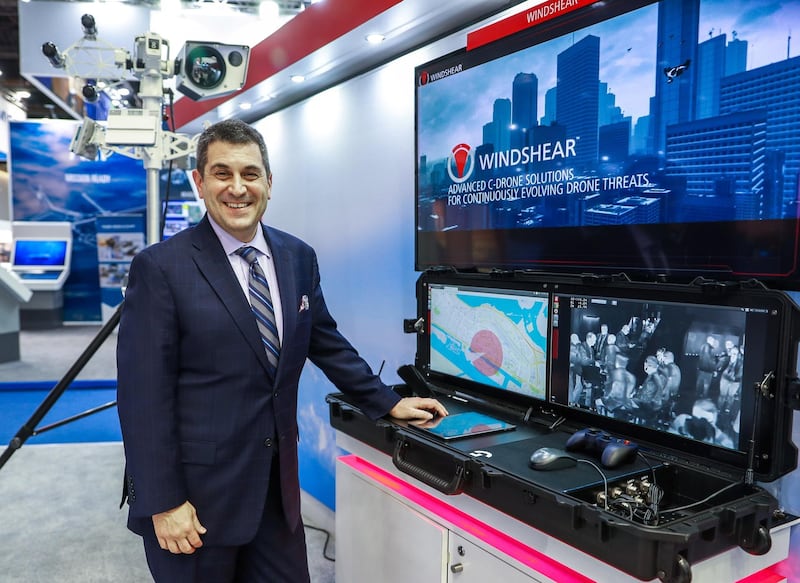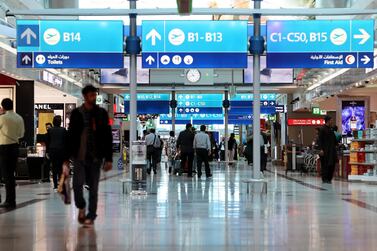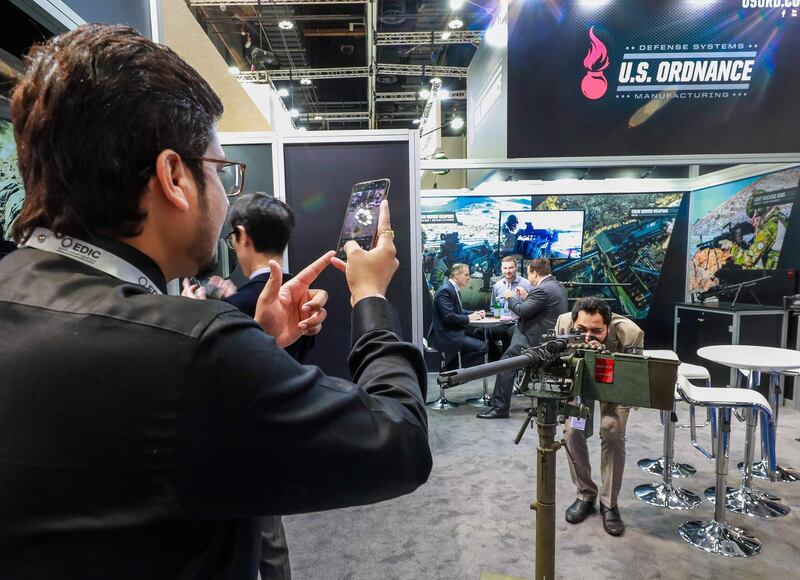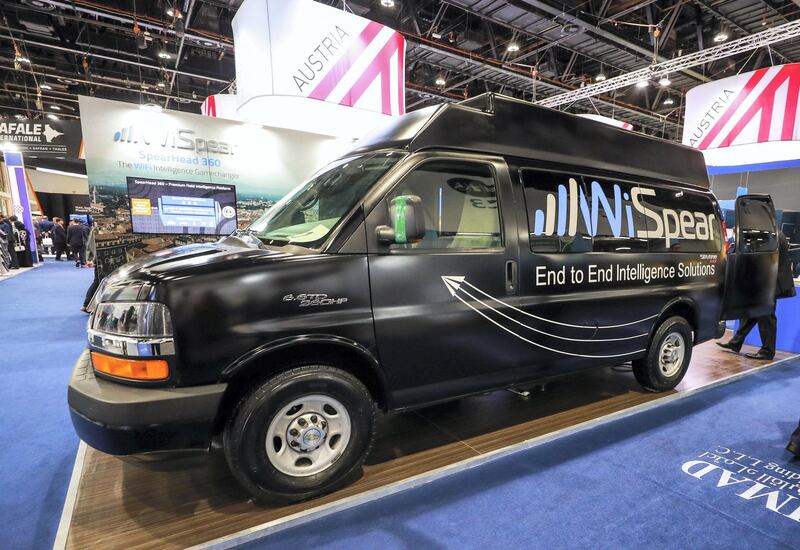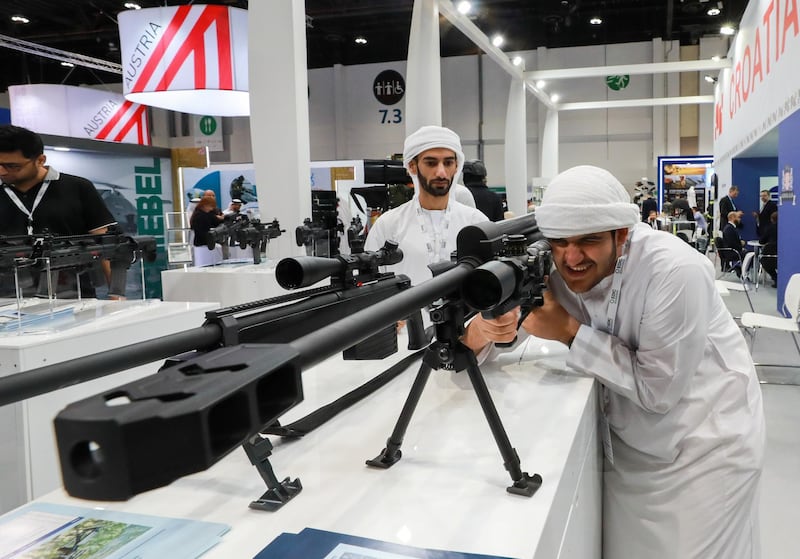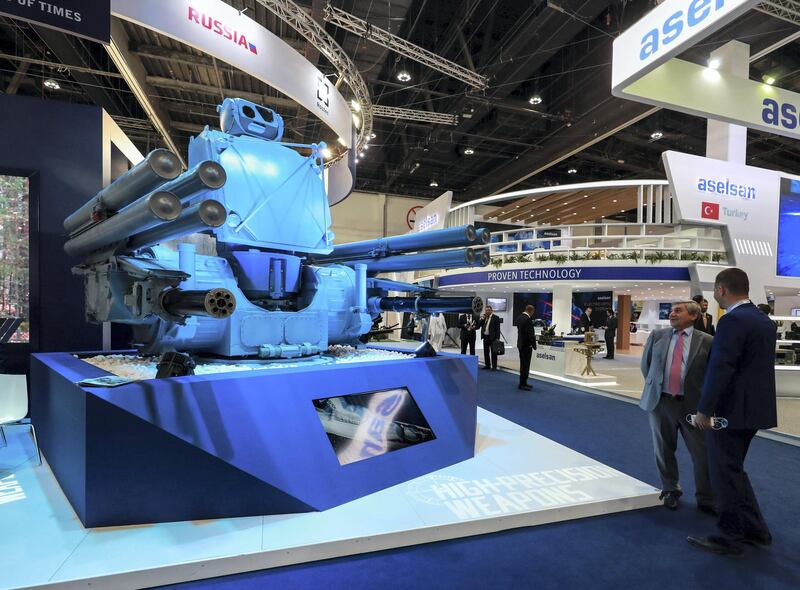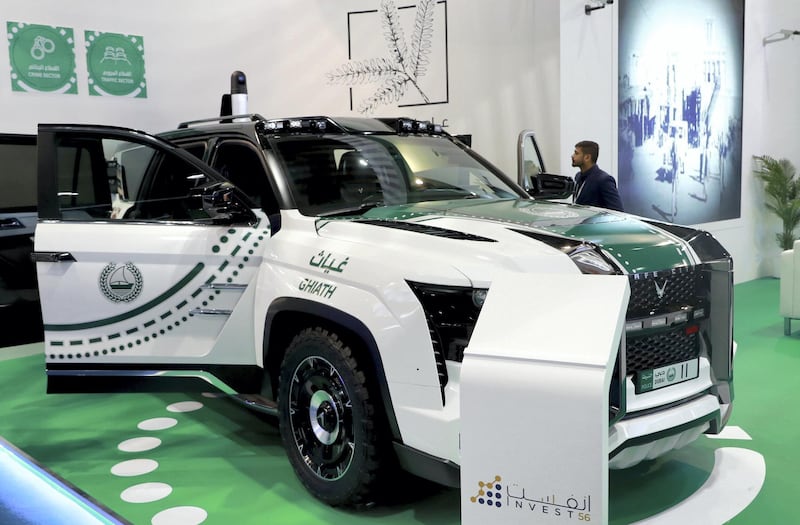They have caused chaos at airports around the world and there are fears they could be used to launch deadly terrorist attacks.
But new technology on display this week aims to turn the tide in the war against rogue drones.
US defence company Raytheon has developed a system designed to identify unmanned aerial vehicles and disable them.
The ground-based technology can shoot down the drones with lasers or adopt a “soft kill” approach where signal jammers prevent their operation.
On Monday, Todd Probert, a vice president at Raytheon, said the company had seen a recent rise in interest for products capable of taking on drones.
He said their latest system, called Windshear, performed well in tests and would soon be ready for sale.
“I bought my son a drone for $29 for Christmas,” Mr Probert said. “That drone could cause harm in any number of environments - at an airport by flying through an engine or at a stadium by dropping on a person.
“We’ve built a system that has had operational demonstrations that have gone very successfully and we’re in talks with a number of parties about full deployment in the near term.
“One of the things we’re looking to do is get in with a partner airport and mature a concept of operations that’s repeatable and scalable.”
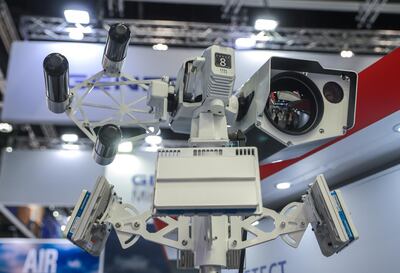
In December last year, drone sightings over Gatwick airport in London disrupted about 1,000 flights in three days.
And on Friday, a drone scare at Dubai International Airport grounded flights and caused delays.
Mr Probert said air-traffic control towers struggled to pick up drones on their radar.
But he said Windshear included software to make detection and response far more efficient.
____________
[ Idex 2019: Big guns on show at Abu Dhabi expo ]
____________
The company said Windshear’s arsenal included lasers capable of burning holes in a drone at long range, and signal-jamming equipment allowing operators to take over control of a drone’s flight.
Speaking at Idex in Abu Dhabi, Mr Probert said the vast majority of issues with drones were “nuisance” cases caused by inexperienced operators.
But he said the use of drones was likely to become increasingly attractive to more sinister groups because they were easy to acquire.
“Whether it’s the cyber threat or the improvised explosives threat in the battle space, it’s all about the economic equation of the barriers to go and do nefarious things,” Mr Probert said.
“Previous threats, to fire a missile at an airplane or whatever, took nation state actors or actors with large pocket books.
“But these drones – for $1,000 you can get a pretty sophisticated system –that’s a very low barrier. So the barriers to doing nefarious things are significantly lower.”
